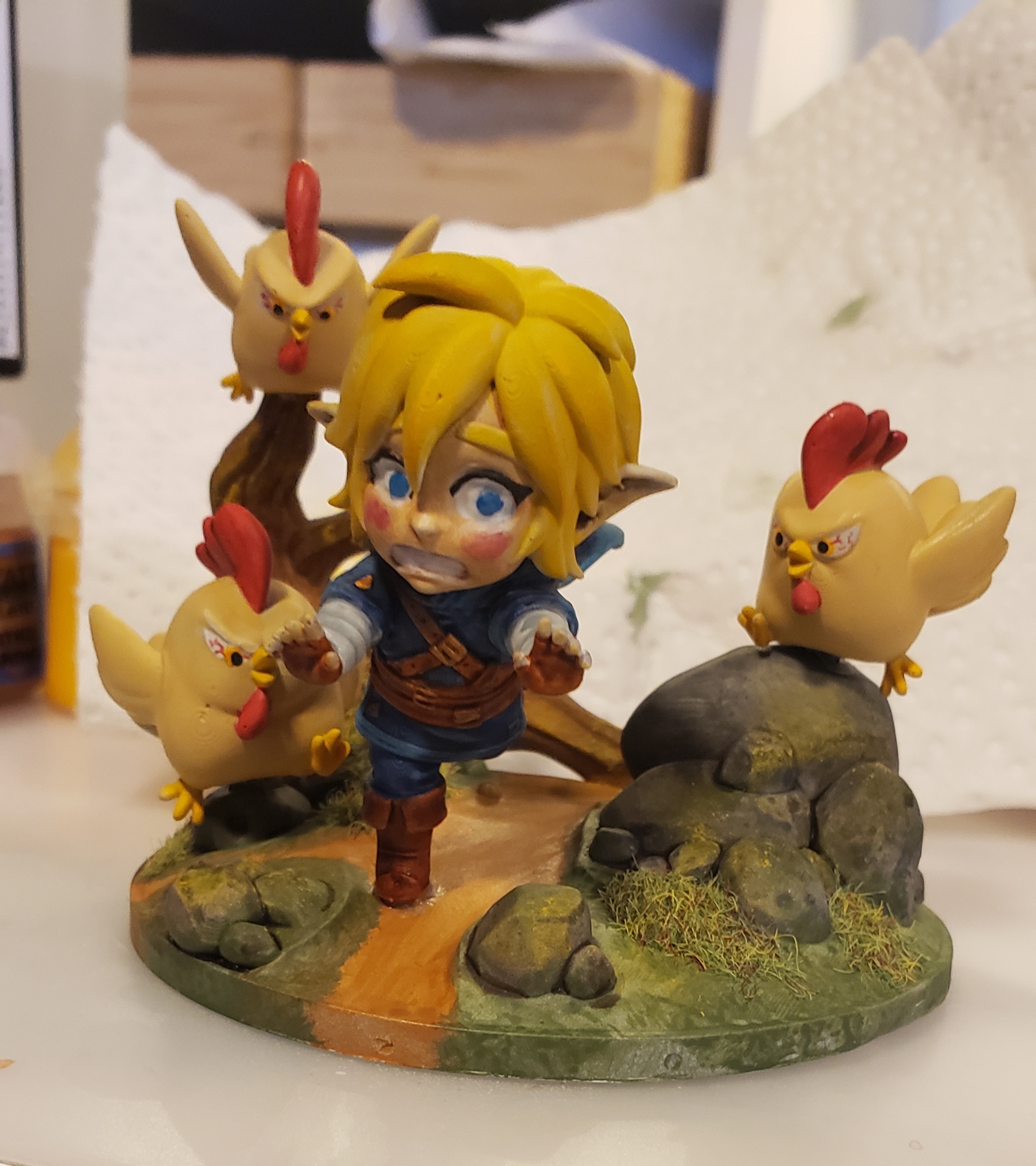

40 minutes, once, in 2015, Canada.
Usually, 2-5 minutes.
For anything important, use matrix instead of lemmy DMs.


40 minutes, once, in 2015, Canada.
Usually, 2-5 minutes.


They can just wait for someone to approve the pull request like everyone one else.


Way back in the day, developing photo film in the shop’s backstore lab.
The coroner pictures were always… something.
At least the hawking boss would GTFO though, silver linings.
Then again that’s not as bad as being actually there and scooping various stuff.


Presumably, a live baby would move way too much for photogrammetry to be useful.
Clothes dryer and a bucket of sand would probably work.
Plus you can sell the self-dismantled dryer for parts after.


Sunken cost fallacy maybe.


Sorry, I didn’t mean to joke about your situation.
I’ve had my share of sketchy roomies.
That person sounds like a terrible match.


cut him out after this lease is up.
Are you roommates or is this some new rent-a-friend gig economy dystopia I don’t know about?


Évelyne is faily common around here still.
Gilgamesh is one I haven’t heard in a hot minute, not sure about the comeback though.


I’m several hours late and the image in the OP is still only partially redacted and still contains enough info IN CLEAR TEXT, for anyone to figure out where you live.
Consider updating the image in the post yourself or asking a local admin for help if required.


Tomatoes are already acidic, consider non-lemony tomatoes next time if possible.
As for this batch, both sugar and baking soda works somewhat and you can to both.
A little at a time so you don’t change the taste too much.
Onions are acidic too, but much less so than lemontomatoes, adding a bunch of em to the sauce can help.
If you don’t plan on freezing or canning and you’re just making sauce to put on pasta or something, add cream to it to make a sauce rosée, it’ll mellow the perception of acidity a lot too.
Or use in it a chili where the beans, while not chemically buffering the acidity like baking soda would, can help absorb some of the taste.


Light rain on leaves


Joint Ascetic Pacific Ocean Nations


Here’s a video of a mammography procedure done on a man which should at least show the compression process for smaller breasts.


I can assure you that some people climb without being anywhere close to what I’d call “very careful”.
To me, part of being careful includes not trusting any random unknown person or their gear.
It includes double-checking the people I trust and requiring them to double-check me.
Don’t get me wrong, I’ve met plenty of great people who were careful, safe climbers.
I’ve also met a few climbers of a… weird kind, like it’s almost a caricature, but these people exist.
Climbers who could barely tie a knot, climbers that were stoned af, climbers that kept using carabiners or rope that I wouldn’t even trust to tie their dog.
Also: Even careful people make mistakes.


It’s likely a robocaller, in which case, send them to a recording of the SIT intercept tone.
This thing: https://en.m.wikipedia.org/wiki/File:IC_SIT.ogg
It needs to be the first thing the machine hears, so might not work as a voicemail welcome message if your provider has their intro before your message.
It might take a few calls/days before you’re purged from their multiple instances of robocallers.
I’ve done this in the past and it works, briefly.
Last?
(x) doubt